Best Practices Articles

Channel Marketing Automation – Key Risks IT Partners Must Manage To Succeed In Business
If an Information Technology (IT) solution provider doesn’t manage a few key technology trends effectively (please read our previous article "3 Macro Trends That Could Put Your IT Channel Partners Out of Business"), the significant opportunities they create may be dwarfed by the seven major risks associated with these changes, and could result in the partner’s going out of business. These seven risks barriers remain pretty much the same as they were during previous business cycle changes in the channel in reference to Channel Marketing Automation. This time round, the big difference, is that it’s getting much harder for a solution provider to fight this current wave of changes because complexity and specialization in the channel is driving a more permanent and far-reaching alteration in business models.
- Loss of Existing Clients - Let’s start with a simple example of Office365. If you are a 150-person organization - like ZINFI - you’ll be familiar with the scenario. We needed IT support to make sure our Microsoft enterprise license could be deployed and supported globally with our IT staff. From time to time, our IT team reached out to our Microsoft reseller for support. However, as we made the migration to an Office365 infrastructure, the need for external support for this core productivity tool dropped to zero.Today, this has happened across most business applications like voice, video, or collaboration software. However, we have also added new applications like CRM, and as a channel marketing automation company, of course also make extensive use of our own SaaS-based marketing automation software.
Now if you take our example and apply to all 100-500 employee organizations where a significant proportion of IT support is outsourced, it becomes evident that the need for support is decreasing rapidly for traditional applications, but is growing for business process automation solutions. The CRM/ERP market continues to accelerate, but most solutions are SaaS based. In most cases, horizontal applications are moving to the cloud at a fast pace. It follows that what you sell through the channel and the capabilities of those who resell your product will have a profound impact on your channel partner’s ongoing ability to succeed in business.
- Loss of Key Personnel – Let’s continue with our example of Office365. When customers stop buying a fully managed services offering from a provider and get it directly from their IT vendor, the first thing that happens is the channel partner lets its specialist technical staff (e.g. Microsoft Exchange technician) go, because there is no longer enough work to support that position. This changes the profitability dynamics of the channel partner. They are forced to make choices, such as whether to continue to support Exchange or move on to other things. While low-level tech support work like forgotten passwords or laptop crashes may remain available, the amount of revenue and profitability for such service tasks continues to shrink. And most importantly, the channel partner who was completely focused on providing services not only experiences shrinking opportunities, but sees no incentive to sell hardware or applications to organizations that have their own IT resources. The pace of this shift is accelerating.
- Excessive Optimism - When a channel partner is caught between a rock and a hard place and beginning on a downward spiral, the most important thing for a partner is to recognize the signs that a business is in difficulties and that something needs to change radically. Most partners who have ten employees or fewer have basically just two choices: shut down or sell/merge with a bigger solution provider. Yes, some can go through the transition of retraining existing staff, or hiring new ones; however, we repeatedly see that it is almost impossible for most partner organizations make this transition effectively due to current, day-to-day operational commitments that get in the way of their making the necessary step-by-step transformations into another business model.The partners who are more skeptical possibly tend to do a better job in making this transition than the ones who are eternally optimistic and pin their hopes on the market getting better, the economy improving, or replacing a bad sales rep with a better one. The only way a partner can survive this wave is to ride it out with the right strategy.
- Lack of a Strategy - While hope is the essential ingredient for any entrepreneur to keep going, it is certainly not a strategy. And also, the larger question is what you keep going at.
The answer leads to more questions. Once a channel partner has recognized a shift such as our example here about the move towards business process automation in the mid-market, they have to ask themselves whether they’re going to engage in that business segment or not. If the market and technology shift is too big a risk, then the answer is to shut down or sell or merge with someone else. However, if the partner does have capital and some seed competence in place, the evolution from their current managed services model into a consultative model can become a positive step on the way to building a bridge towards a successful future.
Earlier in this article, I talked about how SaaS-based software like Microsoft Office 365 is changing mid-market businesses’ demand for IT services support from IT solution providers. The same adjusted requirement applies to other vertical or horizontal applications, including hardware-centric network components (e.g. routers, switches, servers, storage). IT channel partners must address these adjustments bearing in mind the next three risks (and opportunities):
As if the above four risks were not enough to contend with, our research has identified a further three hurdles created by the current industry changes.
- Engaging Strategic Employee and Vendor Resources - Without a focused and strategic approach towards vendor selection and engagement, plus internal competency build-out, it is impossible to create a go-to-market strategy.If an IT solutions provider wants to build new areas of competence, their first challenge is to figure out what solutions to carry and what skill sets they need to build in order to support a new or extended product set. Don’t overlook existing internal resources. Not everyone can be converted into a process engineer; however, it’s relatively straightforward for technicians who are disciplined and sequential thinkers and have some sales or account management exposure to evolve into the role of business process consultant.
When it comes to vendor selection, the good news is, many technology vendors provide market data, and have structured partner recruitment and engagement processes in place to help guide the choice. Therefore, a channel partner wanting to add new categories of products and solutions to leverage its existing seed competencies may be able to reach out to technology vendor’s channel teams and develop a business plan for such a migration through their channel marketing automation platform. However, without a structured approach towards building a new competency the outcome remains fraught with significant risk of collapse.
- Lack of a Marketing Engine - Once a partner has figured out new segments and solutions for growth that promise unique and clear value propositions, and offer some proof of success from existing resellers or client base, the challenge is how to build a marketing engine.This is complicated. In the old days, a channel partner would generate leads via referral mechanisms and sales teams conducting cold calls and follow-ups. In today’s world to build a true marketing engine you have to have digital marketing expertise and access to integrated marketing platforms that can undertake search, social, email, event and other tactics seamlessly.
B2B selling has changed completely during the past five years and today an organization that doesn’t have content marketing capabilities in place is not capable of generating leads in a consistent fashion. It follows that a channel partner needs to invest not only in the ability to develop technical competencies and close, but also in content-based lead generation activities.
- Ability to Close New Deals - The last and most important step for a partner to make the transition to a new business model is to close a new sale in an area where they have never previously done so. The easiest way to make this migration is with existing customers. We have seen partners who added security to their networking portfolios, or virtualization to their server management capabilities, makes a successful transition from one model to another. It’s not a given, however: without deliberate execution and sales competence development, most partners will not make it through this stage to build a repeatable sales process.
So, perhaps you are now wondering what will actually happen to your partner base over the next five years. While none of us have a crystal ball, we have observed similar trends in all other industries, from agriculture and automotive to pharmaceutical and finance. I recommend taking a look at a great article from Harvard Business Review that talks about “Reinventing Your Business Model”.
Reflecting on what’s ahead of us, we could argue that over the next decade or so we will see three major new business models: consolidation of horizontal services, specialization by functions (e.g. security or storage) and specialization by verticals (healthcare, finance, retail, etc.). Time will tell whether all three rises to the top or one predominates over the others. All we know is that change creates opportunities - especially for those who have the fortitude, passion and persistence to pursue it in a structured way.
Best Practices Guidebook
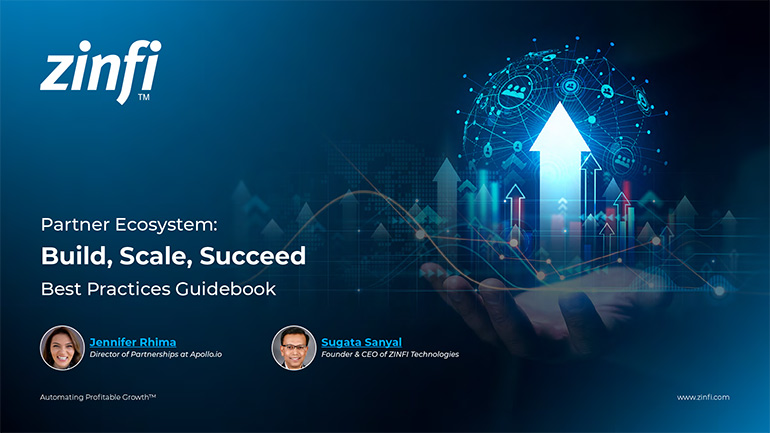 Partner Ecosystem Playbook: Build, Scale, Succeed Best Practices
Partner Ecosystem Playbook: Build, Scale, Succeed Best PracticesDownload for FREE
 Mastering LinkedIn: Building Personal Brands for Social Selling
Mastering LinkedIn: Building Personal Brands for Social SellingDownload for FREE
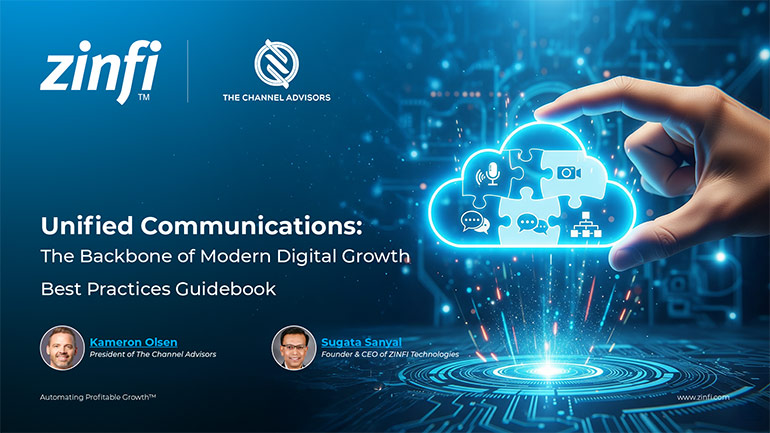 Unified Communications: The Backbone of Modern Digital Growth
Unified Communications: The Backbone of Modern Digital GrowthDownload for FREE
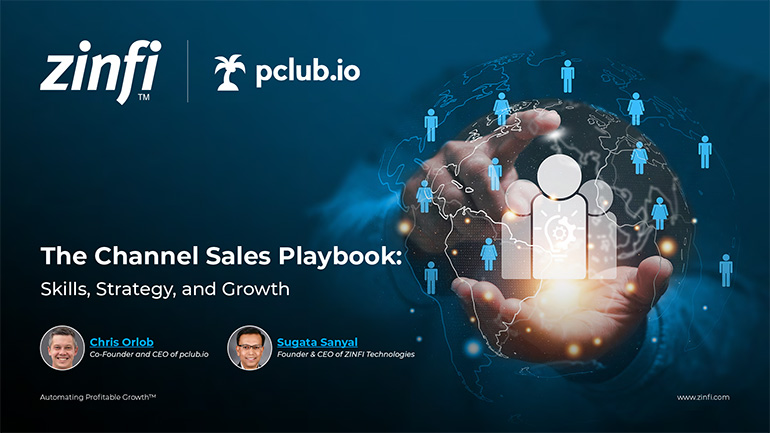 The Channel Sales Playbook: Skills, Strategy, and Growth
The Channel Sales Playbook: Skills, Strategy, and GrowthDownload for FREE
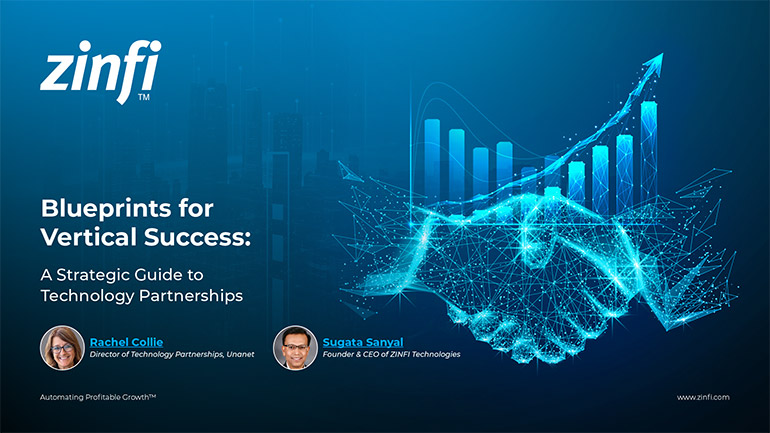 Blueprints for Vertical Success Best Practices
Blueprints for Vertical Success Best PracticesDownload for FREE
 The Future of Partner Enablement: From Enablement Gaps to Global Advantage
The Future of Partner Enablement: From Enablement Gaps to Global AdvantageDownload for FREE
 Reimagine Sales Development. Build a Smarter Prospecting Engine
Reimagine Sales Development. Build a Smarter Prospecting EngineDownload for FREE
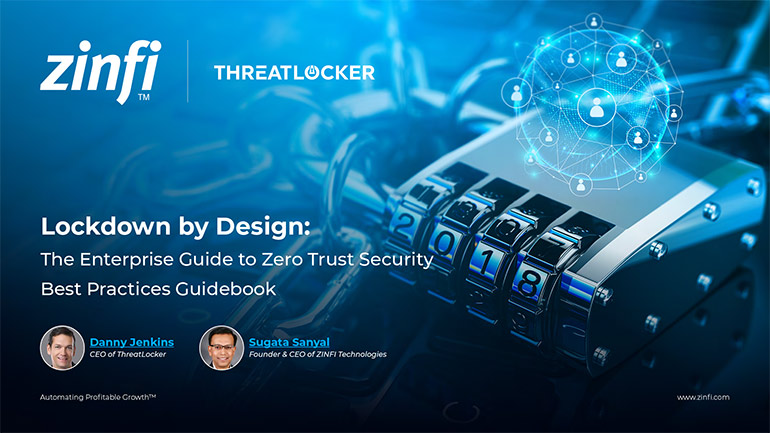 The Zero Trust Imperative: Fortifying Enterprise Security Against AI-Driven Threats
The Zero Trust Imperative: Fortifying Enterprise Security Against AI-Driven ThreatsDownload for FREE
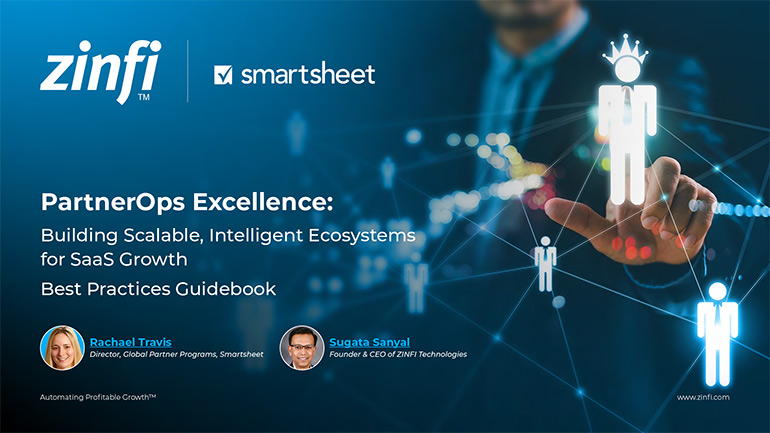 PartnerOps Excellence: The Definitive Guide to Scalable SaaS Ecosystems
PartnerOps Excellence: The Definitive Guide to Scalable SaaS EcosystemsDownload for FREE
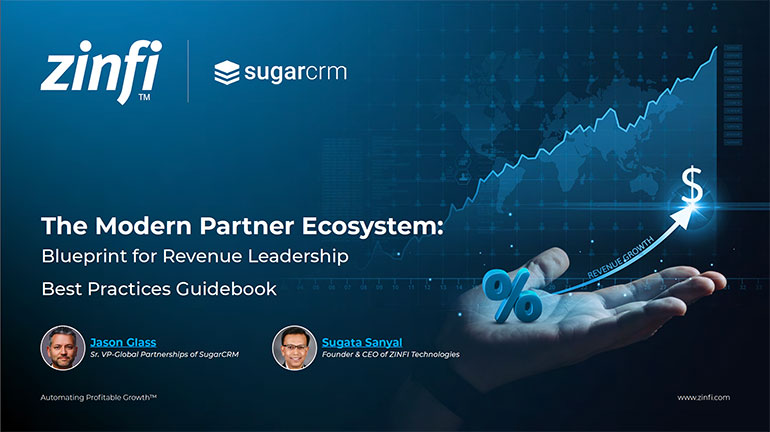 The Modern Partner Ecosystem Best Practices
The Modern Partner Ecosystem Best PracticesDownload for FREE
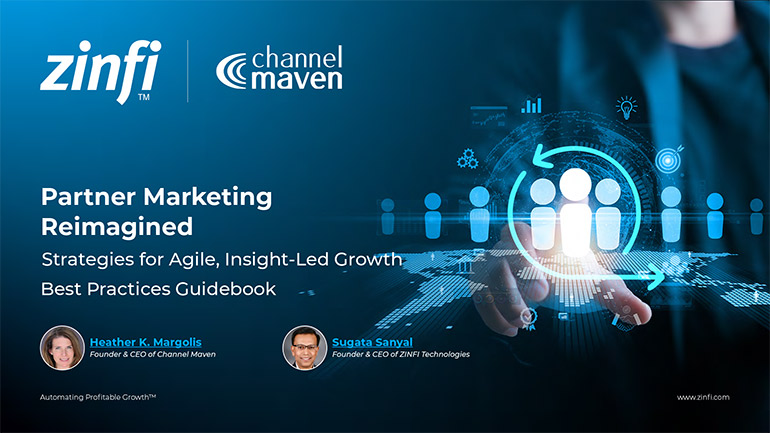 Partner Marketing Reimagined: Strategies for Agile, Insight-Led Growth
Partner Marketing Reimagined: Strategies for Agile, Insight-Led GrowthDownload for FREE
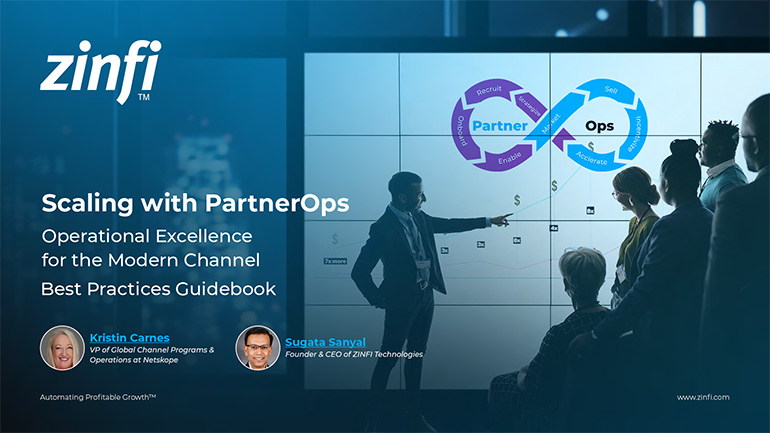 Scaling with PartnerOps Best Pratices
Scaling with PartnerOps Best PraticesDownload for FREE
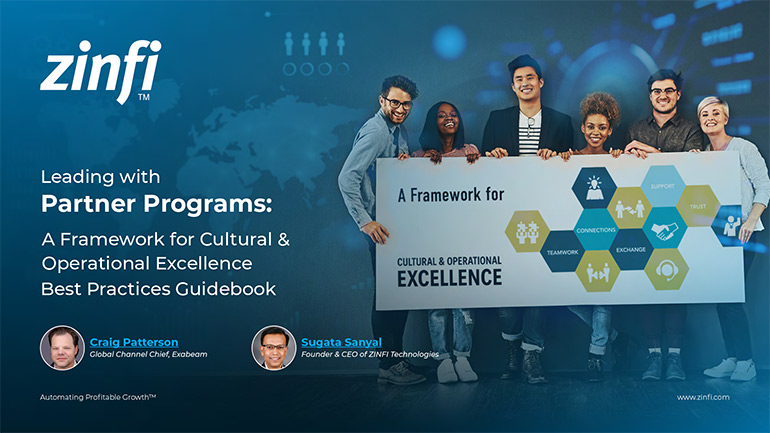 Leading with Partner Programs Best Pratices
Leading with Partner Programs Best PraticesDownload for FREE
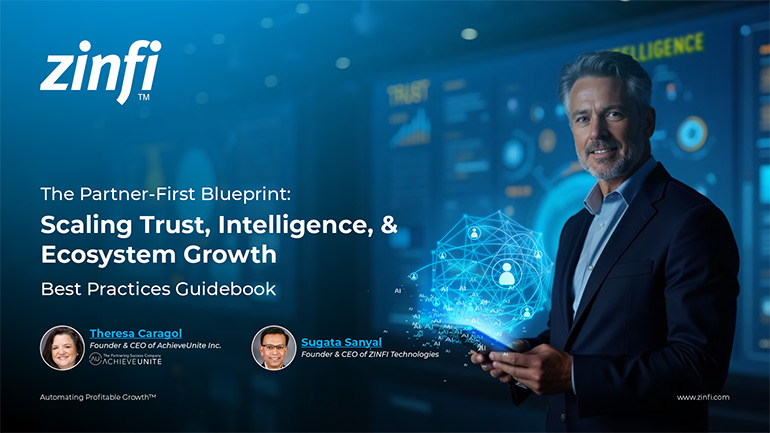 The Partner-First Blueprint: Scaling Trust, Intelligence, and Ecosystem Growth
The Partner-First Blueprint: Scaling Trust, Intelligence, and Ecosystem GrowthDownload for FREE
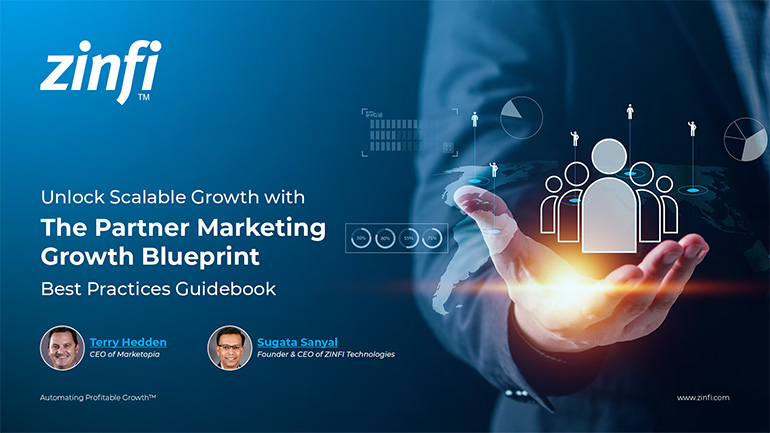 Unlock Scalable Growth with The Partner Marketing Growth Blueprint
Unlock Scalable Growth with The Partner Marketing Growth BlueprintDownload for FREE
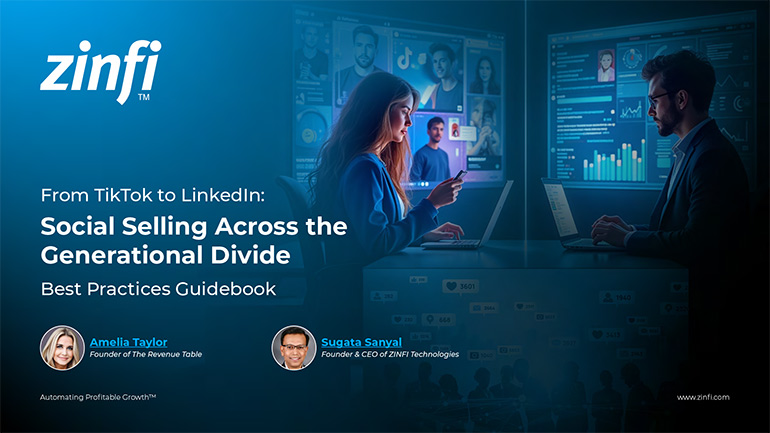 From TikTok to LinkedIn: Social Selling Across the Generational Divide
From TikTok to LinkedIn: Social Selling Across the Generational DivideDownload for FREE
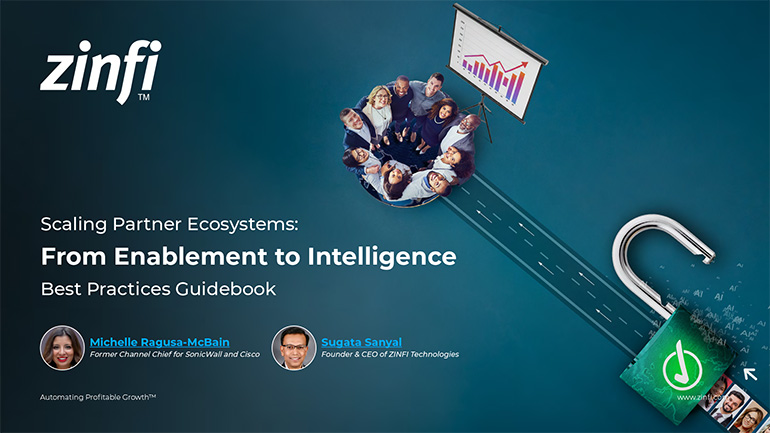 Scaling Partner Ecosystems: From Enablement to Intelligence
Scaling Partner Ecosystems: From Enablement to IntelligenceDownload for FREE








